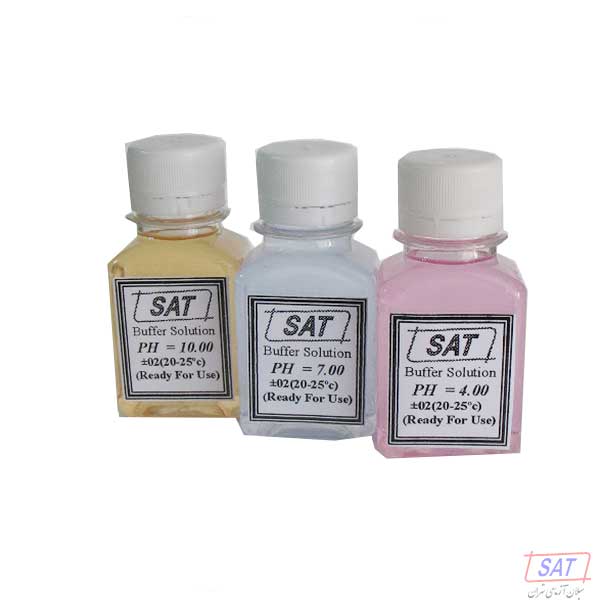SpecificationsBuffer Solutions :
What is a buffer solution?
A buffer solution is one which resists changes in pH when small quantities of an acid or an alkali are added to it.
- Acidic buffer solutions: An acidic buffer solution is simply one which has a pH less than 7. Acidic buffer solutions are commonly made from a weak acid and one of its salts – often a sodium salt. A common example would be a mixture of ethanoic acid and sodium ethanoate in solution. In this case, if the solution contained equal molar concentrations of both the acid and the salt, it would have a pH of 4.76. It wouldn’t matter what the concentrations were, as long as they were the same.You can change the pH of the buffer solution by changing the ratio of acid to salt, or by choosing a different acid and one of its salts.
- Alkaline buffer solutions:An alkaline buffer solution has a pH greater than 7. Alkaline buffer solutions are commonly made from a weak base and one of its salts.A frequently used example is a mixture of ammonia solution and ammonium chloride solution. If these were mixed in equal molar proportions, the solution would have a pH of 9.25. Again, it doesn’t matter what concentrations you choose as long as they are the same.
How do buffer solutions work?
A buffer solution has to contain things which will remove any hydrogen ions or hydroxide ions that you might add to it – otherwise the pH will change. Acidic and alkaline buffer solutions achieve this in different ways.
Acidic buffer solutions
We’ll take a mixture of ethanoic acid and sodium ethanoate as typical. Ethanoic acid is a weak acid, and the position of this equilibrium will be well to the left:
Adding sodium ethanoate to this adds lots of extra ethanoate ions. According to Le Chatelier’s Principle, that will tip the position of the equilibrium even further to the left.
The solution will therefore contain these important things:
- lots of un-ionized ethanoic acid;
- lots of ethanoate ions from the sodium ethanoate;
- enough hydrogen ions to make the solution acidic.
Other things (like water and sodium ions) which are present aren’t important to the argument.
Adding an acid to this buffer solution
The buffer solution must remove most of the new hydrogen ions otherwise the pH would drop markedly. Hydrogen ions combine with the ethanoate ions to make ethanoic acid. Although the reaction is reversible, since the ethanoic acid is a weak acid, most of the new hydrogen ions are removed in this way.
Since most of the new hydrogen ions are removed, the pH won’t change very much – but because of the equilibria involved, it will fall a little bit.



